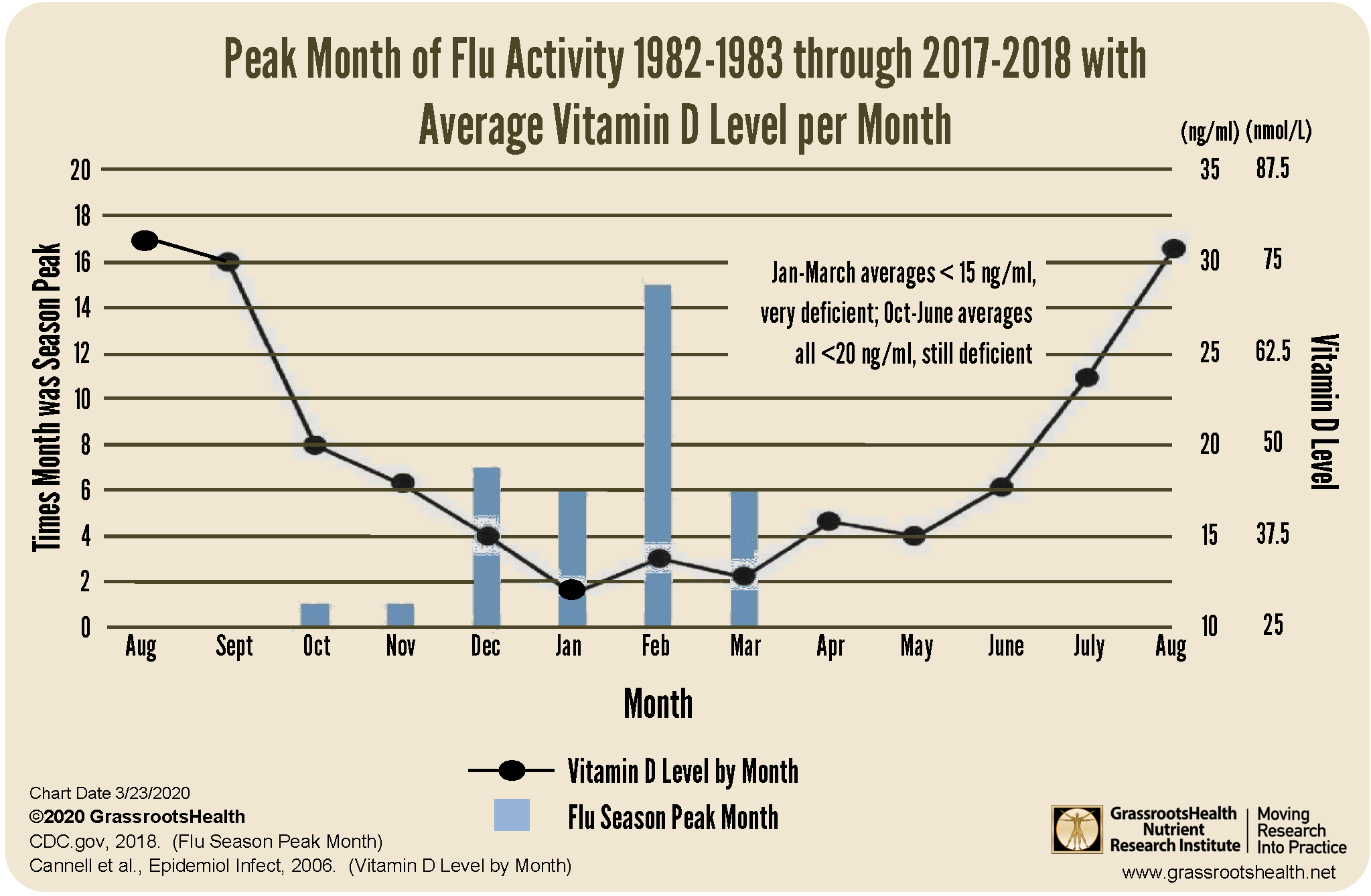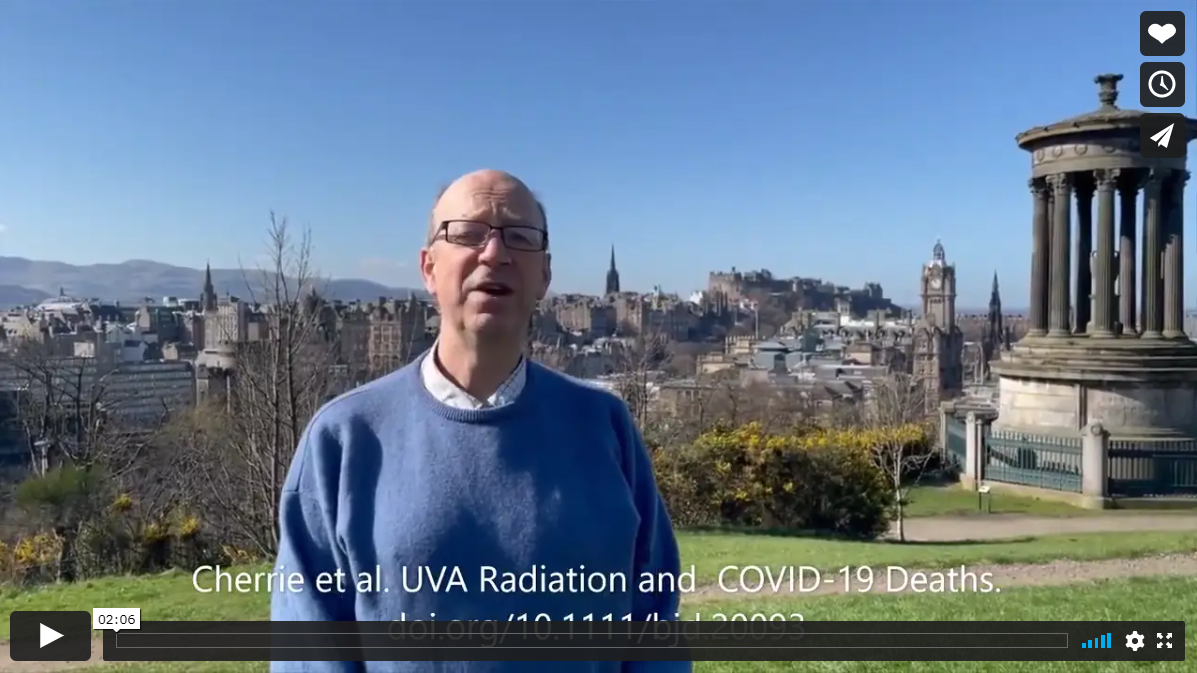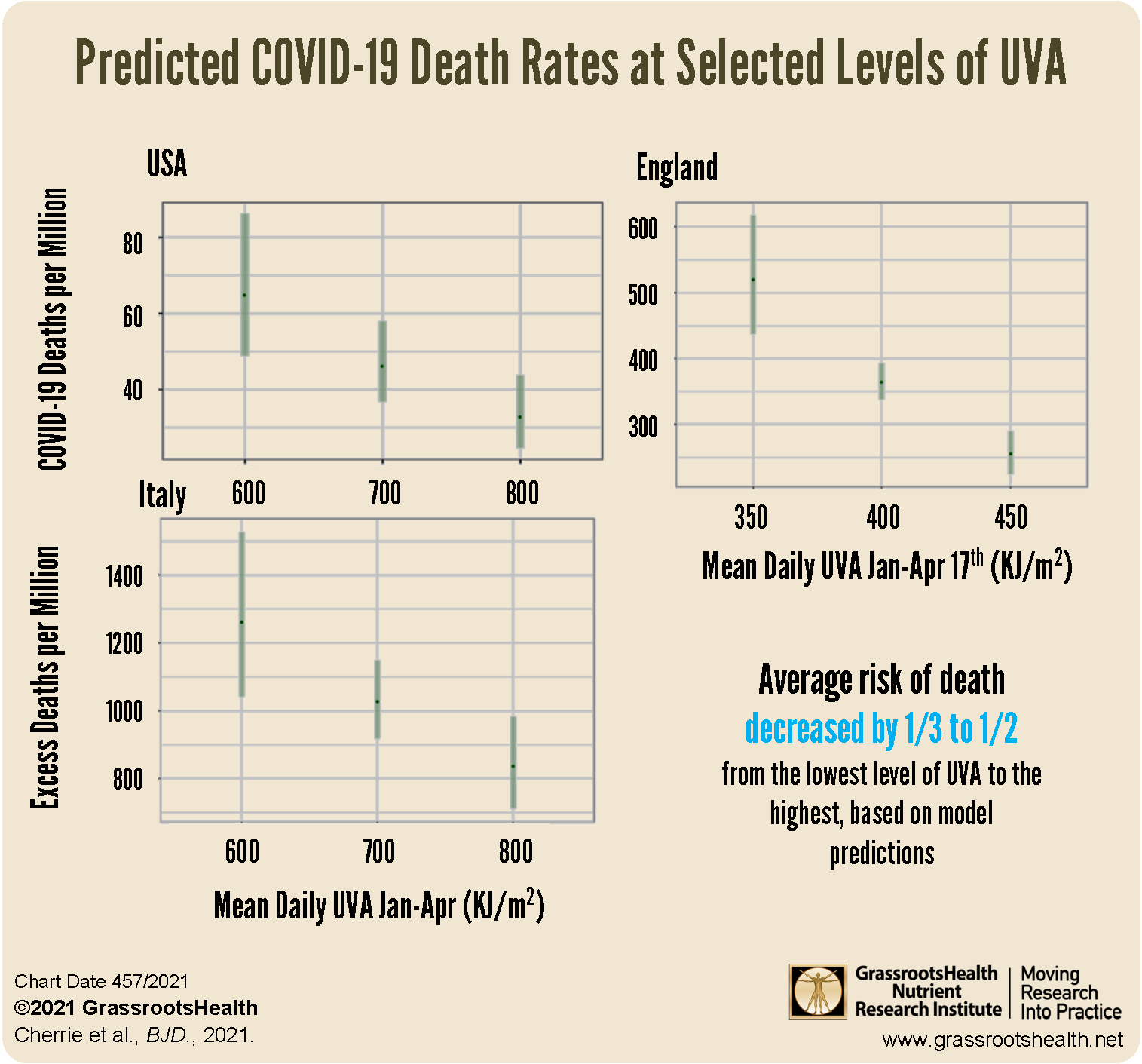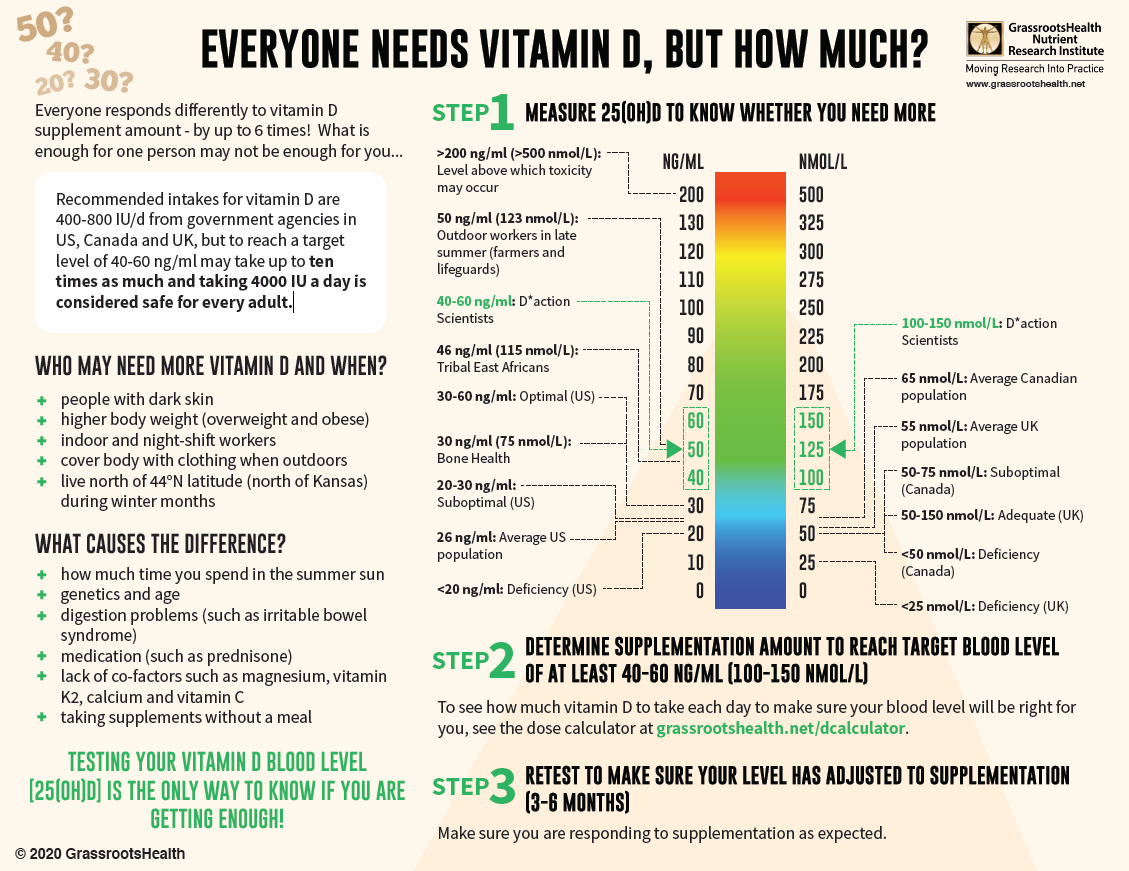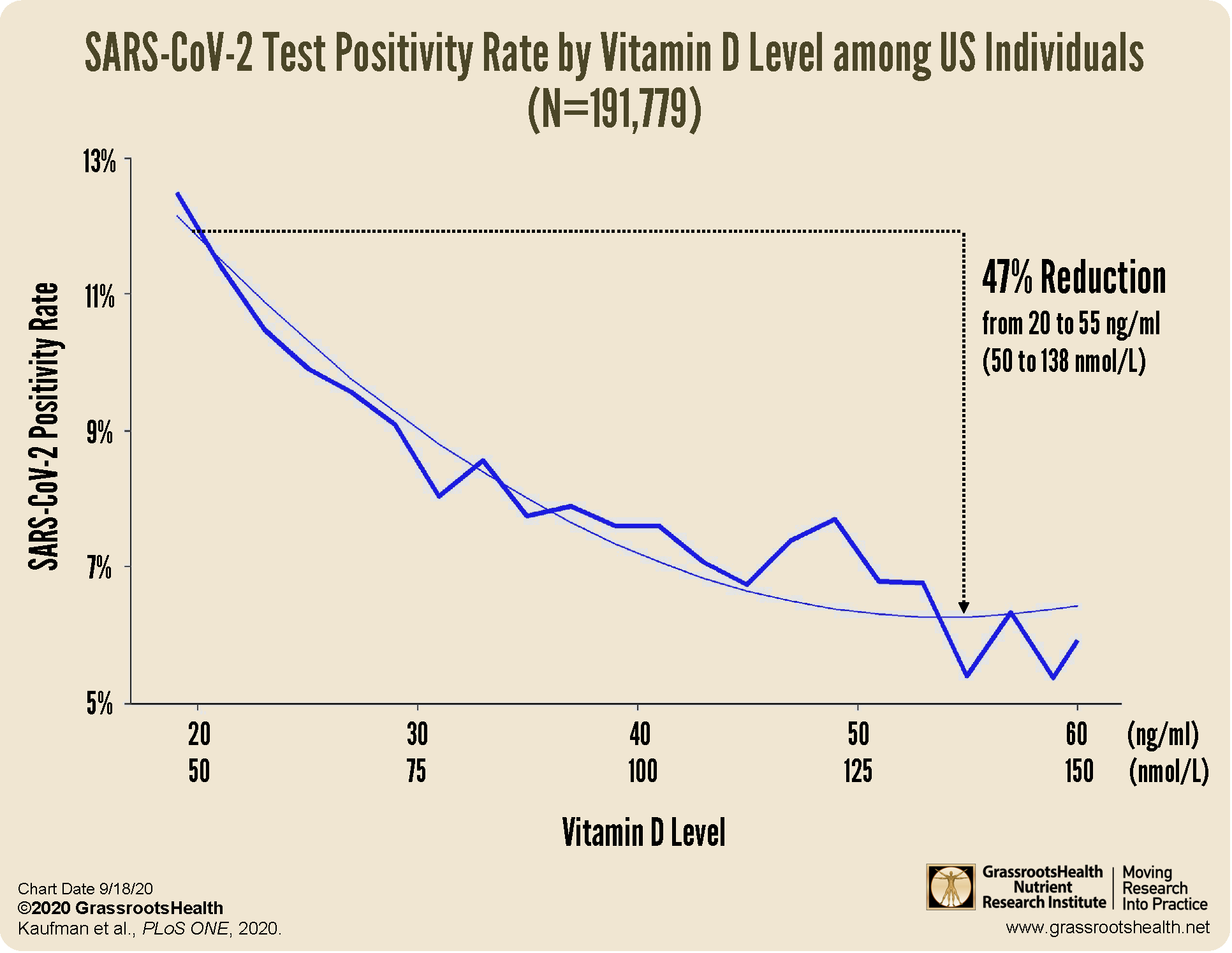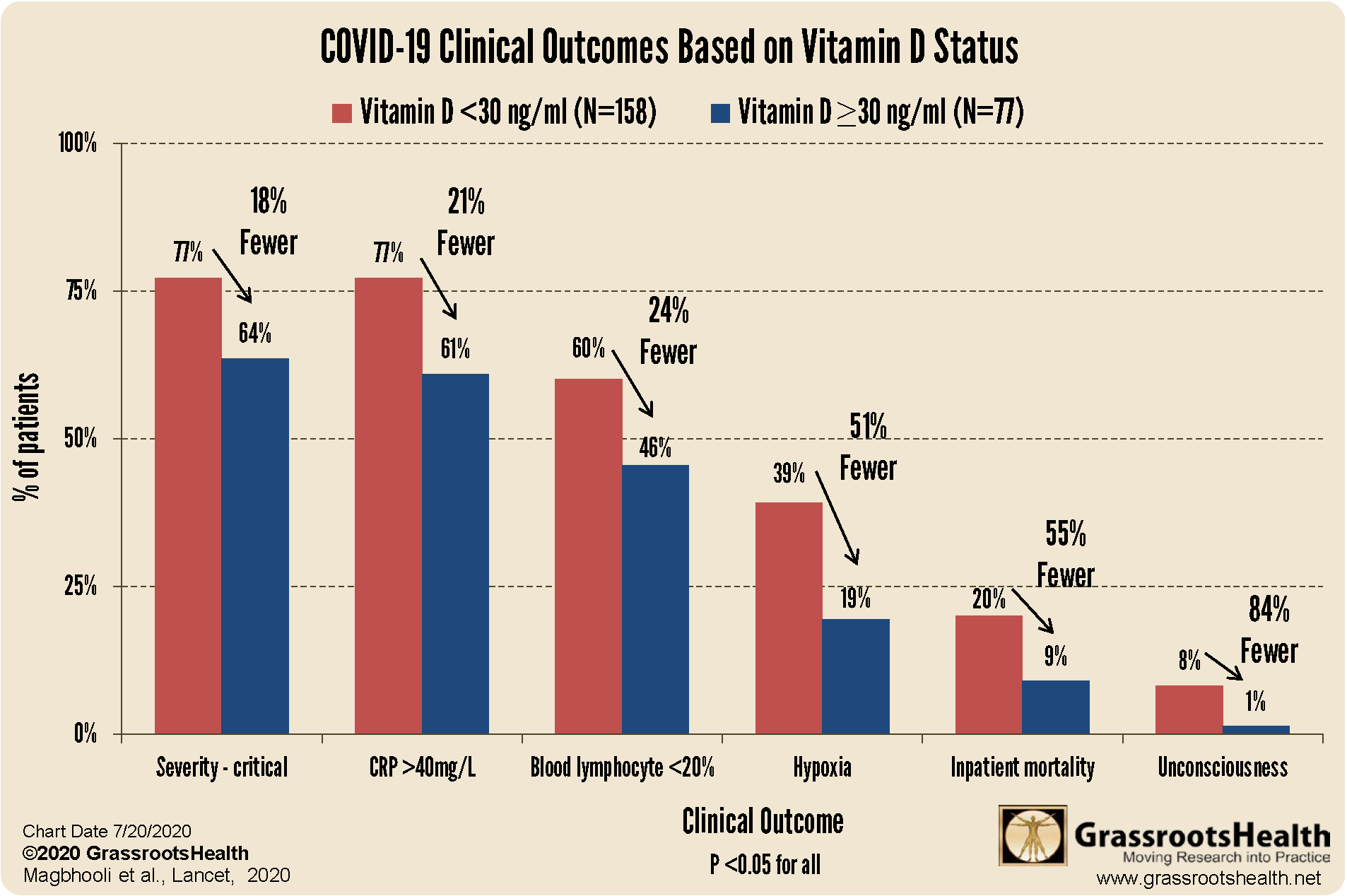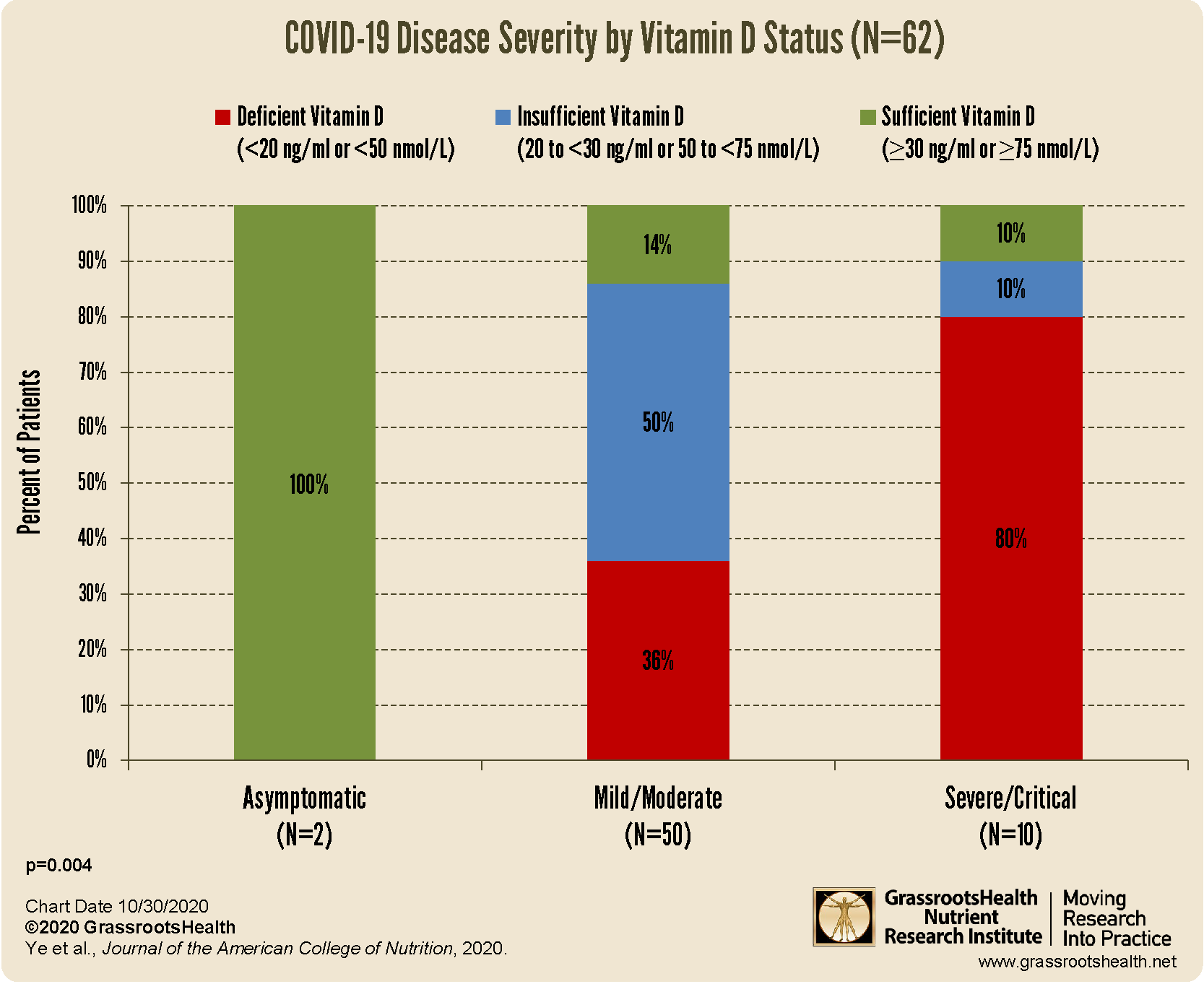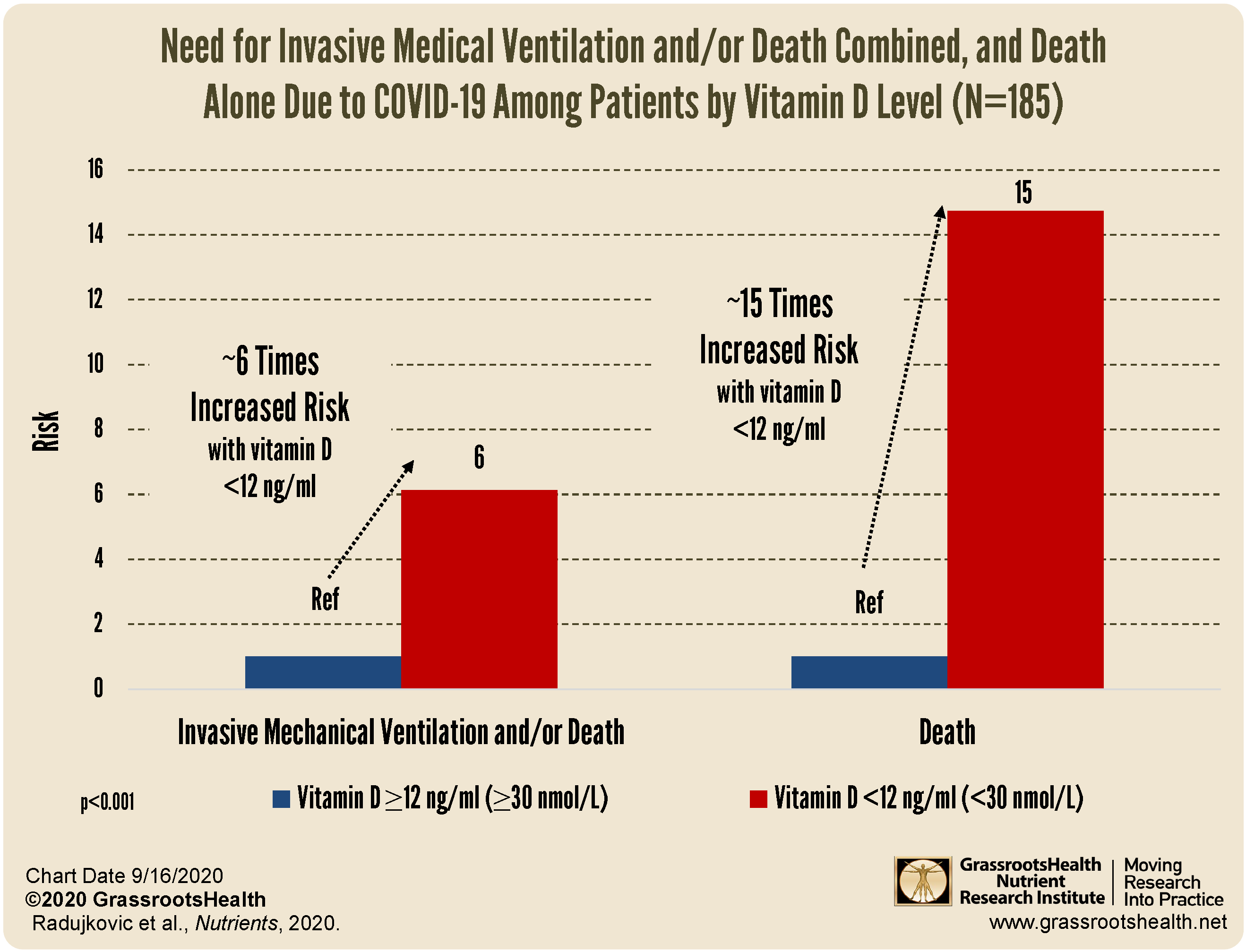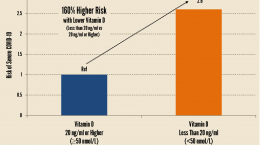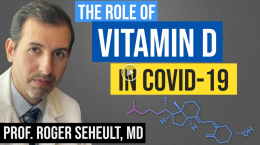Published on May 10, 2021
Sunshine and UV exposure may help reduce the risk of infection, severity and death from viral infections by supporting immune function
 We have covered in detail how the immune system relies on vitamin D for many important processes, including regulating the activity of macrophages and monocytes, B-cells, and T-cells, increasing the presence and actions of anti-microbial peptides (cathelicidins and defensins), reducing viral replication, and inhibiting the cytokine storm. Vitamin D insufficiency has been associated with increased susceptibility to all types of infections, such as tuberculosis, influenza, bacterial vaginosis, and COVID-19.
We have covered in detail how the immune system relies on vitamin D for many important processes, including regulating the activity of macrophages and monocytes, B-cells, and T-cells, increasing the presence and actions of anti-microbial peptides (cathelicidins and defensins), reducing viral replication, and inhibiting the cytokine storm. Vitamin D insufficiency has been associated with increased susceptibility to all types of infections, such as tuberculosis, influenza, bacterial vaginosis, and COVID-19.
Seasonal Trends in Respiratory Infections
The incidence of infectious disease has been related to several factors, including season, temperature, humidity, and UV radiation, with certain respiratory illnesses being especially known to increase during specific months or seasons. For example, October is generally the month when we start to see an increase in cold and flu activity, with flu activity peaking between December and March. Over the past 34 years, February has been the most common month for peak flu activity. Two basic reasons that contribute to increased flu activity in winter are:
- The influenza virus lives longer outside the human body when it is cold and dry, resulting in the flu season starting in late fall as cold air reduces the absolute humidity of the air.
- Vitamin D levels tend to be lower in winter, when UVB rays are less available.
As can be seen in the chart below, flu activity tends to peak during the same time vitamin D levels are at their lowest.
Could Sunshine have an Effect on SARS-CoV-2 and its Disease Outcomes?
A review by Gorman and Weller suggests that UV exposure may reduce viability of the SARS-CoV-2 virus, its rates of infection and replication, as well as disease severity, and that these effects are due to different wavelengths of light from sunshine. Their paper describes the anti-viral, anti-inflammatory, and cardiometabolic benefits offered by UV light specifically, due in part to the release of vitamin D upon exposure to UVB and nitric oxide upon exposure to UVA. As discussed recently, nitric oxide has several beneficial effects on cardiovascular and metabolic health. Specific cardiovascular and metabolic diseases, including high blood pressure and diabetes, have proven to be some of the main risk factors for severe COVID-19 disease and death due to COVID-19. This means that UV exposure from sunshine or other devices may lead to improved outcomes from each cardiovascular, metabolic, and COVID-19 diseases.
A beneficial association between higher ambient UV levels and lower rates of COVID-19 death was seen in most of the studies reviewed, along with a relationship between a higher UV Index and lower rates of death from COVID-19, which could be explained by more UVB induced vitamin D production with the higher UV Index. One study, by Cherrie et al., investigated the association between UVA exposure and death due to COVID-19 in particular areas of the United States, England and Italy. Since vitamin D, produced from UVB exposure, has been shown to improve the immune response and has been associated with improved COVID-19 outcomes, the authors only looked at data from locations that were experiencing a “vitamin D winter” – where UVB levels were too low to produce a significant amount of vitamin D during the time of the study – to reduce the potential confounding effect of vitamin D on the COVID-19 outcomes.
This video by one of the study authors briefly summarized the study and its findings.
Dose-Dependent Correlation Found between UVA Level and COVID-19 Mortality
Daily average UVA exposure during the study time varied between countries, with the average study calculations in the US at 696 KJ/m2, England at 412 KJ/m2, and Italy at 717 KJ/m2. When comparing UVA exposure to the COVID-19 mortality rates within each area studied, a reduction in mortality rate ratio (MRR) of 0.71 was seen for every 100 KJ/m2 increase in UVA in the US, a reduction of 0.81 in Italy, and a reduction of 0.49 in England. Overall, when all three countries were combined, there was a mortality rate ratio reduction of 0.68 for every 100 KJ/m2 increase in UVA, with a predicted decrease in average risk of death by one-third to one-half from the lowest level of UVA to the highest level in each country. In other words, increased sunlight (specifically non-UVB in this study) was related to a much lower risk of death due to COVID-19.
The authors of this study conclude that “optimizing sun exposure may be a possible public health intervention” independent of vitamin D… and, it’s free!
Are You Relying on Sunshine for Your Vitamin D? Make Sure You Are Getting Enough
With almost 90% of the general population having vitamin D levels below the recommended 40-60 ng/ml (100-150 nmol/L), it is obvious that most people need more vitamin D. While most of us cannot achieve a vitamin D level of 40-60 ng/ml from sun alone, either due to our lifestyle, where we live, or other circumstances, we can certainly reach those levels with the right amount of supplementation.
Below is a guide for how much you might need, and who may need more. Your levels can be tested safely at home – order your home test kit today.
By joining the GrassrootsHealth projects, you are not only contributing valuable information to our study, but you are also gaining knowledge about how you could improve your own health through measuring and tracking your nutrient status, and educating yourself on how to improve it. Do you know what your status of vitamin D, omega-3s, and other essential nutrients is? Could your levels be improved? Test now to find out!
 We now have a NEW GIFTING SERVICE that allows you to quickly send ‘Gift Cards’ to friends, family and coworkers who you consider might need immediate access to testing, and to Claim the Joy of Your Health TODAY. Give the gift today!
We now have a NEW GIFTING SERVICE that allows you to quickly send ‘Gift Cards’ to friends, family and coworkers who you consider might need immediate access to testing, and to Claim the Joy of Your Health TODAY. Give the gift today!
What does the Research Say about Vitamin D & COVID-19?
It’s TIME to start saving lives! If you can help PREVENT the majority of the death, it’s time! What’s it costing you/us not to take action NOW?
There is much published research that supports a clear link between vitamin D and COVID-19 showing that higher vitamin D levels are related to:
a decreased risk of testing positive for COVID-19
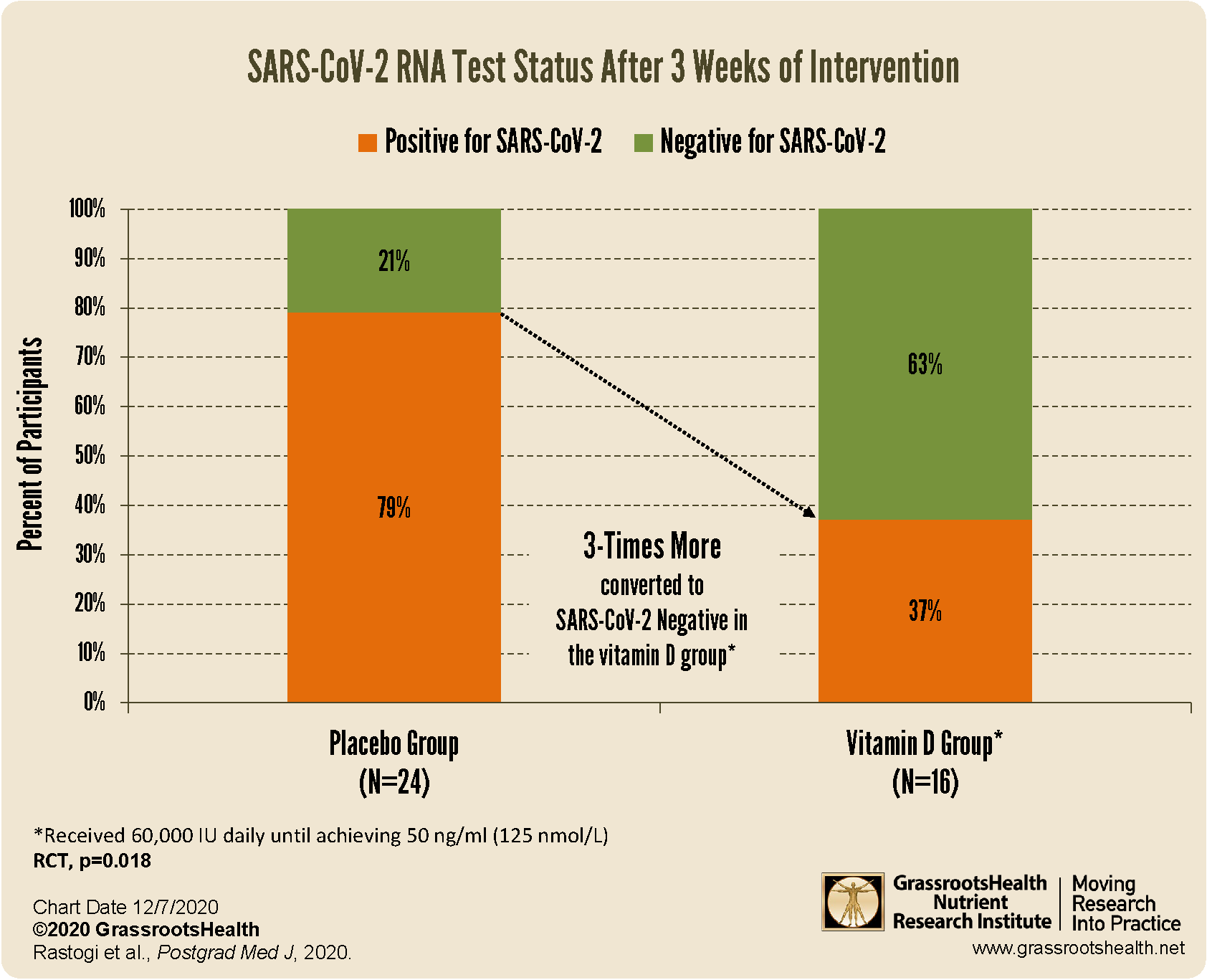 increased viral SARS-CoV-2 RNA clearance
increased viral SARS-CoV-2 RNA clearance
better clinical outcomes among patients with COVID-19
decreased risk of death due to COVID-19
Be sure to educate yourself on the benefits and importance of vitamin D for immune health, and take steps to ensure you and your loved ones are getting enough.
You can review all of the COVID-19 and immune health information we have shared on this page.


